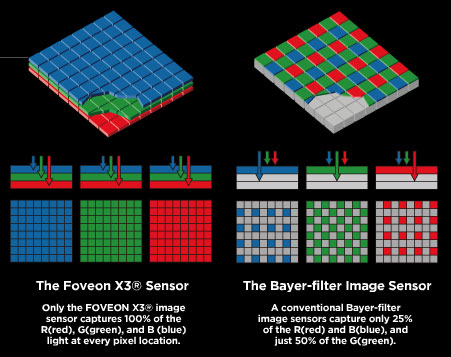Now this is about multispectral imaging again.
Well, you know what an effort multispectral UV+VIS+NIR imaging is.Take three shots with different filters, modify them, transform them to bw and assemble them into one RGB image. Biggest thing actually is to take matching shots outside considering wind, changing light conditions etc.
So while I was playing around and doing tests using that FOVEON based Sigma SD-14, I had this idea if I could find a suitable filter, which would allow me to do it all in just one shot. I mean the following mapping: UV-> blue, Vis->green, NIR->red.
So after even more mumbling and grumbling, many calculations and stressing out my electronic spectrometer, I finally found a working filter combination. The issue to solve is, that the UV sensitivity is about 8...10EV lower than the visible one, the NIR is 1..2EV more than the visible one, so that filter has to stretch over 12 EV (!!!) taking into account that special sensitivity profile of that camera (internal filter removed, which can be done yourself in just 2 seconds!!). So in simple words, that needs to pass lots of UV, a bit of visible and just a tiny bit of NIR.
So 'nuff talked, lets see some results, using a daffodil (Narcissus jonquilla) as a target.
Camera used Sigma SD-14, unclipped internal filter, X35 lens, high power Xenon UV flash (unfiltered at 200Ws), 1/160sec at ISO 200 and f16.
This result came out of the Sigma SD-14 using a UV/IR blocking filter, i.e. the VIS shot:

This now is the (blue adjusted) UV-VIS-NIR result using my XUVIR filter:

and here the unadjusted UV-VIS-NIR image:

The RGB channels of that unadjusted UV-VIS-NIR image looks like this:

Plus a shot outside using sunlight, proving that these images may be achieved with reasonable exposure times. Lens used in this case: Pentax Ultra Achromatic Takumar 4.5 85mm at f11, 1/30sec, XUVIR filter, ISO200 :

Well, it may not be a perfect scientific mapping, but from an "artsy" standpoint it looks acceptable to me.
But the real idea behind that is to find a way to map "bee vision" in just one shot ... watch out here, more to come on that.
Stay tuned, more will follow on that fascinating subject...
More info on this very interesting field may be found on my site
http://www.pbase.com/kds315/uv_photos
 [click on image to see a larger one]
[click on image to see a larger one]
 The restaurant is wonderfully set as part of the historic ensemble of "Schloss Berckheim" which forms the center of the historic center of Weinheim on top of a local hill and streches into the wondefully set "exotic park" which was the hobby of the nobles who lived there many years ago. So you will find 50 meters tall redwoods from the US westcoast, trees from China and all over the world. The largest Lebanese cedar tree north of the alps also grows here since 300 years.
The restaurant is wonderfully set as part of the historic ensemble of "Schloss Berckheim" which forms the center of the historic center of Weinheim on top of a local hill and streches into the wondefully set "exotic park" which was the hobby of the nobles who lived there many years ago. So you will find 50 meters tall redwoods from the US westcoast, trees from China and all over the world. The largest Lebanese cedar tree north of the alps also grows here since 300 years.


























